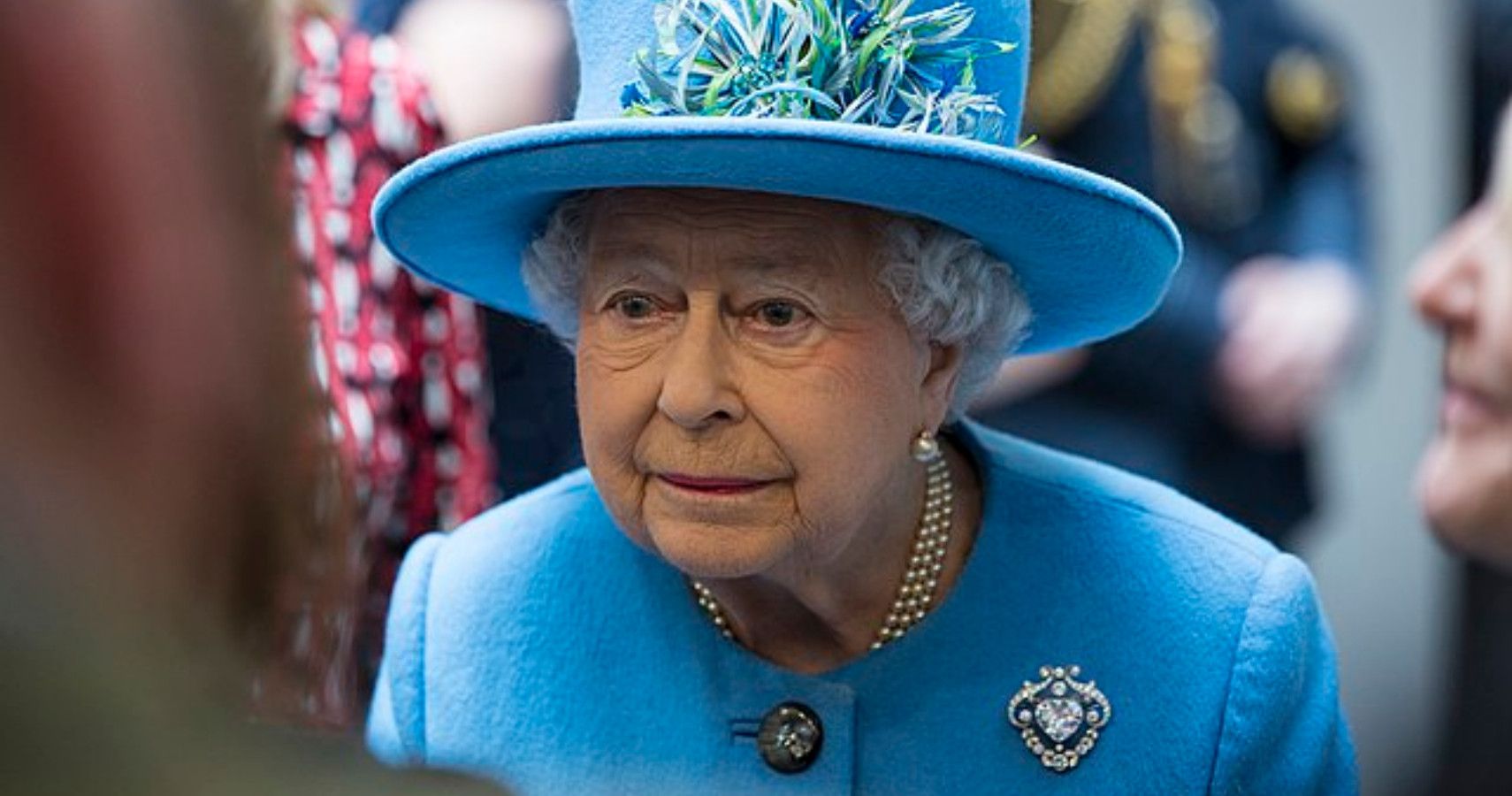Issued on:
From professional fashion photography to family snapshots, the Instagram account “Lebanese Fashion History” documents Lebanese life via images of the fashion and social upheaval of the late 20th century. Its creator, an Australian fashion designer with Lebanese roots, told the FRANCE 24 Observers team what inspired him to create the first archive of Lebanese fashion history.
Australian fashion designer Joe Challita launched the Instagram account “Lebanese Fashion History” in March 2021, garnering 22,000 followers to date. Challita lives in the United Arab Emirates but his family is originally from Lebanon. The designer dedicates his free time to this online public archive of Lebanese fashion history.
Challita lived in Beirut from 2011 to 2020 after leaving Sydney in order to discover more of his home country. He moved to Abu Dhabi after the explosion at the Port of Beirut in August 2020.
‘The explosion also triggered this nostalgia’
When I left Lebanon after the explosion and came to move to Abu Dhabi, I was seeing Lebanon from an outsider’s sort of viewpoint or eyes. And I think the explosion also triggered this nostalgia. This feeling that we must fight for our country, we must do something for our country. And I thought what can I do? You know, I thought the only way I can fight for my country is through my knowledge, my academic background and as a designer, I can fight through fashion.
I realized that there are no books about Lebanese designers. You can’t go to a library in Beirut and learn about this, look for designers from the 50s or the 60s or the 70s. There was just absolutely nothing, just maybe some articles written here and there in the newspapers. That’s how I started to obtain my information, through actual research and interviews due to the lack of documentation of recorded histories.
For example, we had one designer in the 70s, he was very avant-garde. His name was Jacques Cassia, he was a designer in the 60s and early 70s. He moved to Monte Carlo due to the civil war, unfortunately, like many designers did at the time. We have also the prima couturier Raife Salha who was known in Paris as the “Christian Dior of the East” and she dressed many foreign celebrities. So Lebanon was well-known and some of the designers were known in Europe.
‘Fashion is actually in the Lebanese DNA’
Challita says he inherited his passion from his mother, an artist, but also through his time in Lebanese society, which was still healing from the wounds of civil war.
I lived in Byblos for about 10 years as a child [during the civil war] and that was the part where I was greatly influenced by fashion […] In our society there … all the women were interested in fashion.
The whole talk was about fashion. Women would always look at fashion magazines and there were lots of weddings. It was almost a competition about who is going to be wearing the best dress and they were all going to fabric shops and tailors and designers. All the talk around me during that period was all about fashion. It was obsessive. My greatest inspiration was during that short period when I lived in Lebanon and had my artistic mother and this artistic chaos around me.

I think this fashion is actually in the Lebanese DNA. It dates back to the Phoenicians who played a significant role in the trade of fabrics and dyes.
I think Beirut was the first capital of fashion and a source of luxury supplies since antiquity, supplying continents with Tyrion purple dye or the cedar wood used for perfume in ancient Egypt.
But Lebanon got Westernized very early on and, unfortunately, we stopped wearing our traditional garments. Since the French mandate [Editor’s note: between 1923 and 1943], we’ve taken on the French style and the European style.

In the 60s and the 70s there was sort of the idea of going back to traditional elements with embroideries and conical headdresses like the Tantour or Lebbedeh.
At the end of the civil war, in 1990 in Beirut, there was this new upcoming generation, like for example Elie Saab or Robert Abi Nader. There was almost a new fashion resurgence or fashion revolution in Beirut.
And due to the explosion and everything that’s happened, the new generation are starting to delve further into their histories and heritage and using elements like embroidery and abayas [long dresses worn over clothes] and the sherwal in unique new styles.
‘Looking back at our past, it’s not just for nostalgic reasons’

Challita focused on Lebanese icons of the 20th century, such as divas Sabah and Samira Toufic or models Mona Ross and Andree Acouri. But he also documents the daily life of Lebanese people. His audience, mostly from the diaspora, sends him family photos and short captions.

Fashion is not only dictated by fashion designers. Everyday people, the way they dress, they tell us who we are and what we are through their fashion. Designers do get inspired by everyday people. It’s really important not only to look at what celebrities wear, but also at everyday people, what they wear. This will tell us about our history.
With the financial crisis and the explosion, there’s this unnerving feeling of “Who are we? What’s our identity?” So looking back at our past, it’s not just for nostalgic reasons. It’s actually to instill in us and know that this is who we are and what we are. And this is the proof.
Photo de noël en famille de Joe Challita, prise en Australie en 1979, alors le designer était encore nouveau-né.
After the explosion, I’ve been three times to Lebanon and it’s just amazing, the people there – nothing can put them down. And if they can’t afford to buy the designer dress, they try their best to go to a tailor and make something as spectacular.


